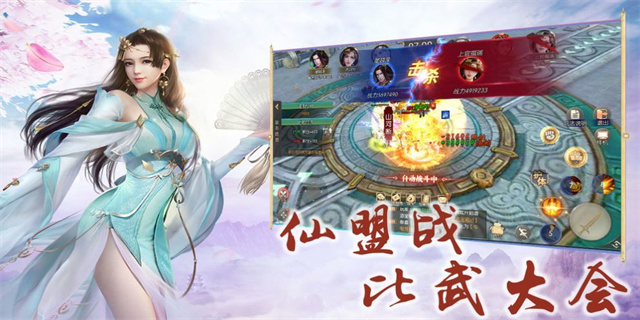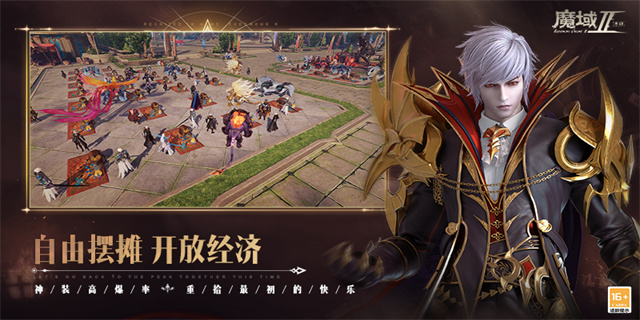yixing(Yixing Exploring the Tao of Tea)
Yixing: Exploring the Tao of Tea
Introduction

Yixing, also known as the Purple Clay Capital of China, is a small city located in the eastern province of Jiangsu. Renowned for its exquisite purple clay teapots and rich tea culture, Yixing has become a mecca for tea enthusiasts from around the world. This article delves into the fascinating world of Yixing, exploring the history, craftsmanship, and significance of Yixing teapots.

1. The Legacy of Yixing
Yixing's association with teapots can be traced back to the Ming Dynasty (1368-1644). The unique purple clay used to craft Yixing teapots was discovered in the region during this period. The clay is rich in minerals, which not only gives the teapots their distinctive reddish-brown color but also enhances the flavors and aromas of the tea brewed in them.
The legacy of Yixing teapots lies in their connection to Chinese tea culture. In traditional Chinese tea ceremonies, the choice of teapot is considered as important as the selection of tea leaves. Yixing teapots, with their excellent heat retention properties and ability to \"breathe,\" are believed to bring out the true essence of tea.
2. The Craftsmanship of Yixing Teapots
The making of a Yixing teapot is a painstaking process that requires years of experience and skill. The craftsmanship of Yixing teapots is characterized by the meticulous attention to detail and the emphasis on simplicity and elegance.
The process begins with the selection of the clay. Experienced craftsmen carefully choose the perfect clay, considering factors such as color, texture, and mineral composition. The clay is then molded into the desired shape, often inspired by nature, using traditional hand techniques.
After shaping, the teapots are left to dry naturally, allowing the clay to settle and gain strength. Once dried, the teapots are polished by hand to smoothen the surface and create a velvety texture. Finally, the teapots are fired in a kiln at high temperatures to turn the clay into ceramic, resulting in a durable and heat-resistant teapot.
3. The Significance of Yixing Teapots
Yixing teapots are highly prized not only for their unmatched craftsmanship but also for their unique functional qualities. The porous nature of the clay allows the teapots to absorb the flavors and aromas of the tea, creating a synergy between the teapot and the tea.
Moreover, Yixing teapots are believed to improve with age and use. Over time, the tea residue deposited in the walls of the teapot adds depth and complexity to the flavors of subsequent brews. This seasoning process, known as \"zisha huapen,\" is highly esteemed by tea connoisseurs.
Aside from their functional value, Yixing teapots have also become collector's items. Rare and antique Yixing teapots can fetch high prices in the market, often attracting the attention of avid collectors and art enthusiasts.
Conclusion
Yixing teapots represent the epitome of Chinese tea culture, embodying the harmony between man and nature. Their traditional craftsmanship and unique functional qualities make them a true treasure for tea lovers. Whether used for spiritual reflection or appreciated for their aesthetic beauty, Yixing teapots are a testament to the artistry and heritage of Yixing city.
Yixing: Exploring the Tao of Tea Introduction Yixing, also
2024-02-26Time to Say Goodbye Throughout our lives, we encounter nume
2024-02-26

















